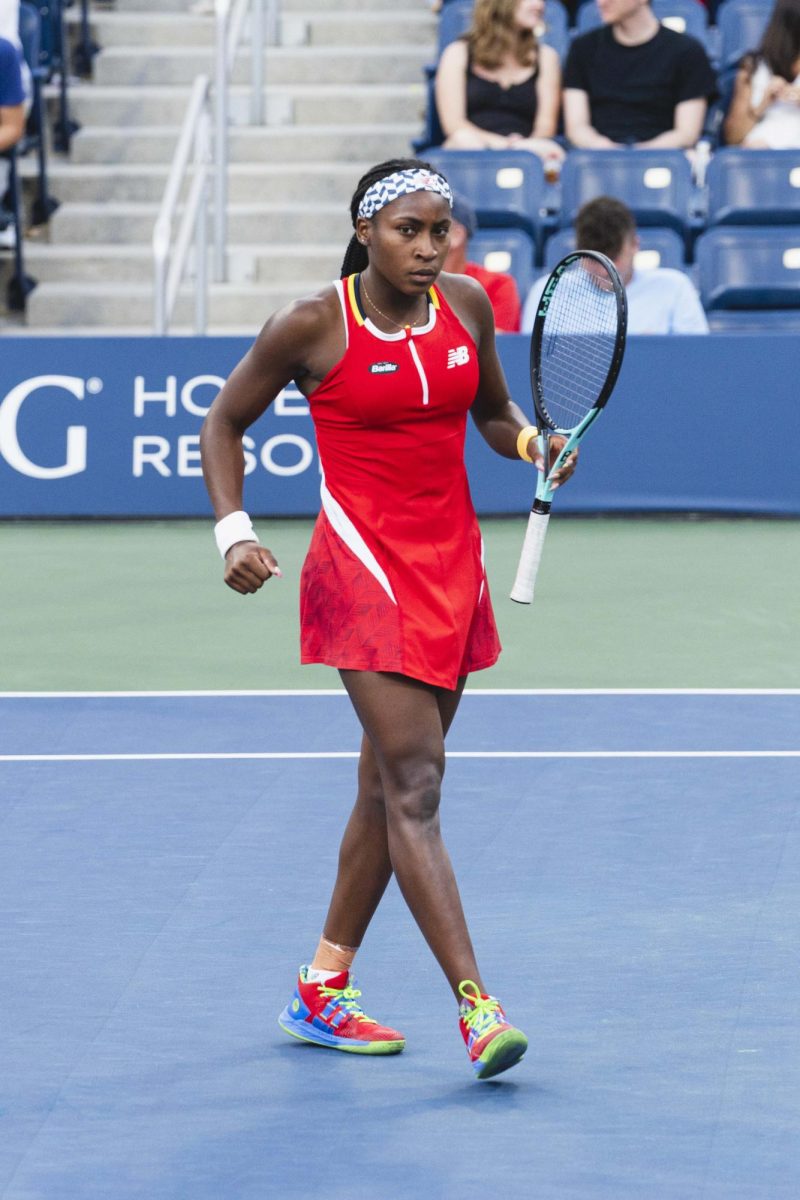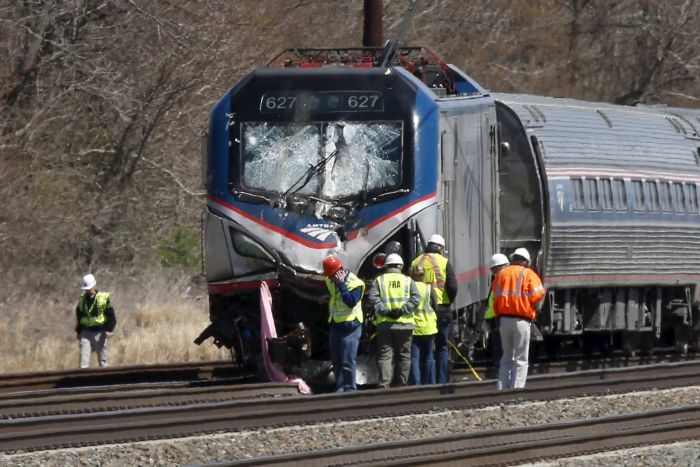[ot-caption title=”Amtrak train crash in Chester, Pennsylvania on April 3, 2016 (Via Dana Ford, Holly Yan and David Shortell of CNN)”]
Last Sunday, April 3, 2016, train crashes created a very unfortunate environment. There was a serious crash in Chester, Pennsylvania, where an Amtrak Passenger Train hit a backhoe that caused the derailment of the train. Unfortunately, two Amtrak employees, who were working on the backhoe, were killed in the crash and 35 others were injured. That same day, two other separate crashes occurred with fatalities. In Somonauk, Illinois one person was killed when an Amtrak train hit a car at a railroad crossing. Also, a trespasser was injured by a train in Bensaelm, Pennsylvania.
This is not the first time a serious Amtrak crash has occurred. Just last year, on May 12, 2015, an Amtrak Passenger train traveling on a trip from Washington to Boston crashed. The 2015 crash was operator caused, whereas the most recent crash was not. The investigation into this 2015 crash showed that the train was going 106 miles per hour around a sharp curve. The crash also had more severe damages with seven deaths and two hundred injuries. Regardless, both crashes were horrific events that showcase the dangers of transportation in the modern world. The 2015 crash has shown that train damages are very costly, as it led to a slew of personal injury costs incurred by the company. However, due to the Amtrak Reform and Accountability Act, the government is only required to pay out $200 million dollars per Amtrak crash with serious injuries or fatalities. The government will have to pay out this money to the victims of the recent crash, just as they did for the victims of the 2015 crash, and Amtrak will most likely be liable in lawsuits brought against them in potential personal-injury class action or individual lawsuits.
If the past repeats itself, Amtrak could admit to liability in the crash and pay out damages, as they did in the 2015 train crash. However, Amtrak may not be liable for the costs brought on from the two killed in the crash, since the crash may have actually been the fault of the construction workers, who were working on the wrong line at the time of the crash. That case of unfortunate timing is what most likely caused the collision. With evolving safety technology, these crashes will likely be avoidable in the future. It is still unknown if the families from the crash will receive compensation.
Sources: CNN, New York Times, Philly, Insurance Journal, Denver Post, National Geographic
Photo Source: Dana Ford, Holly Yan and David Shortell




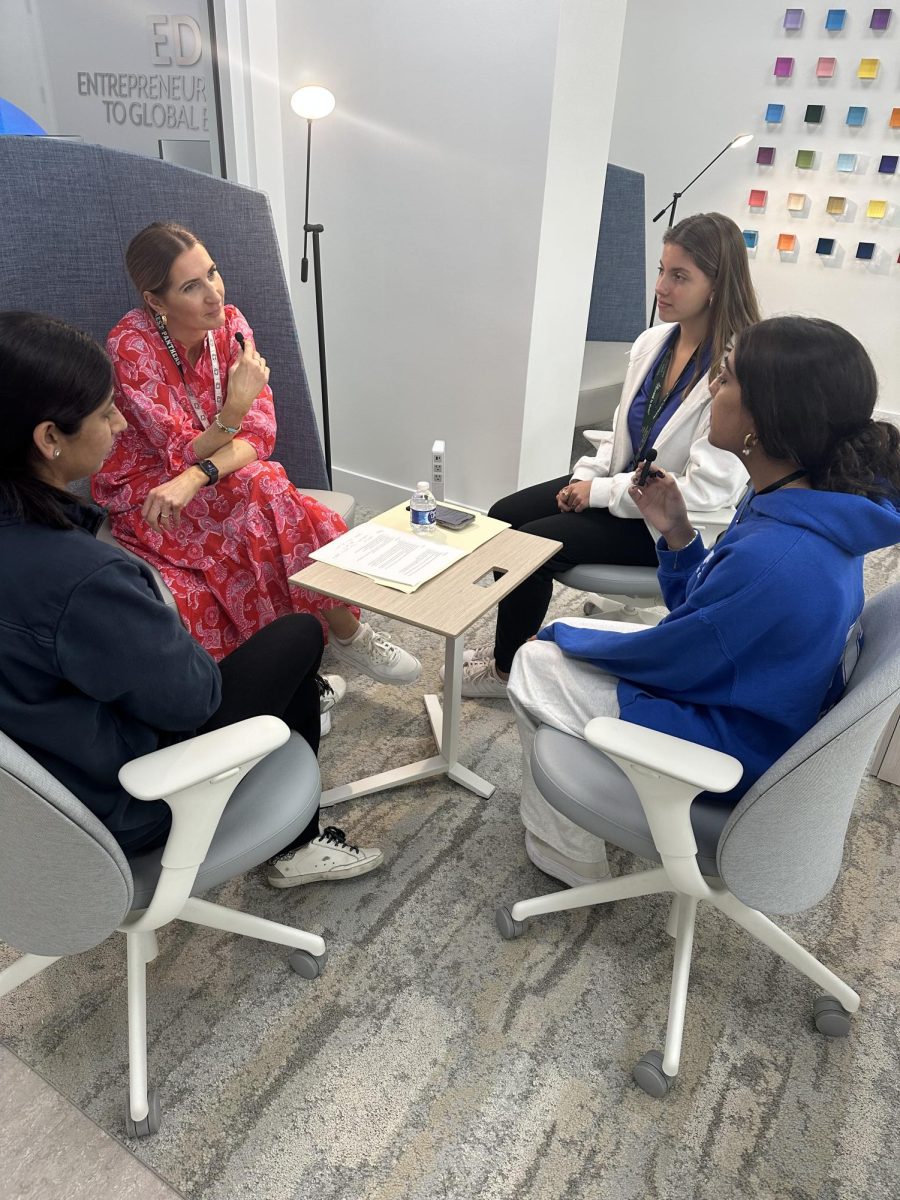



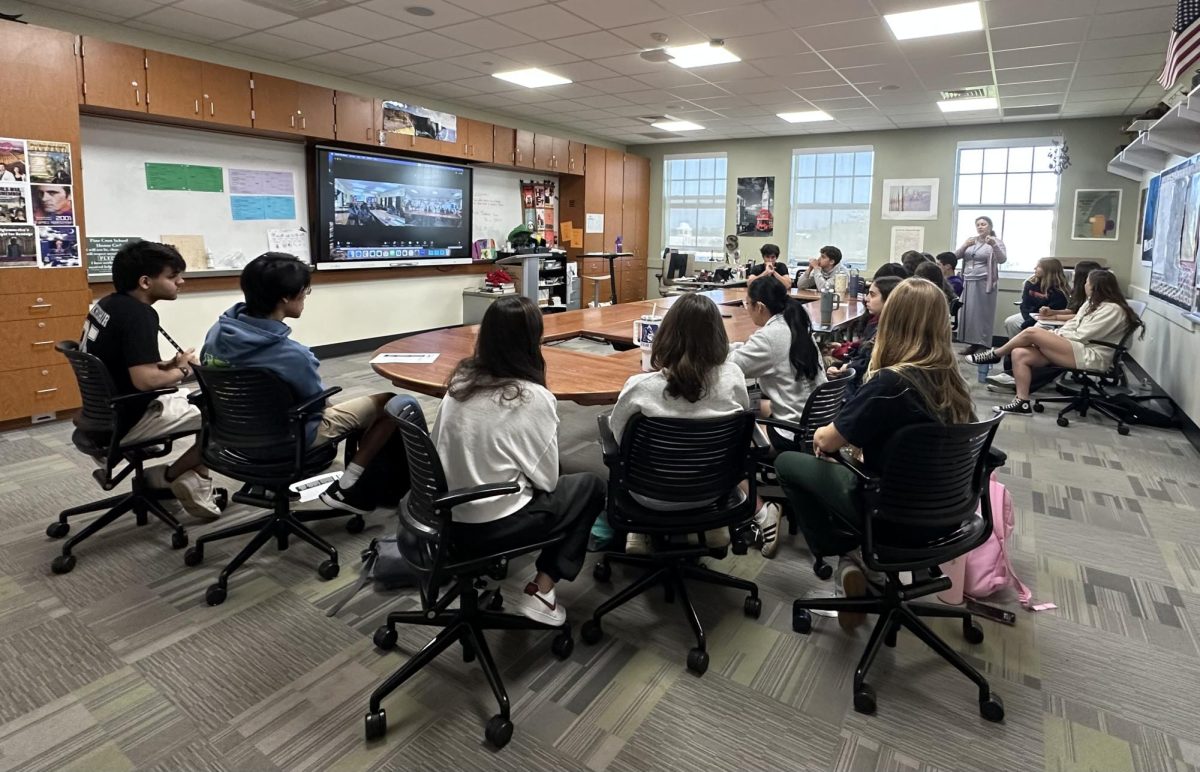


















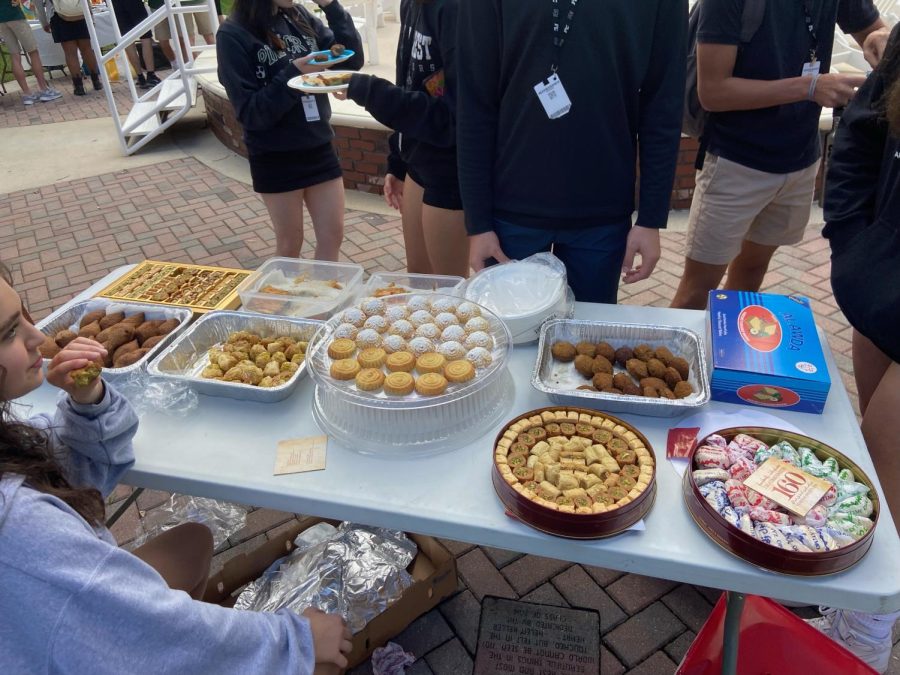
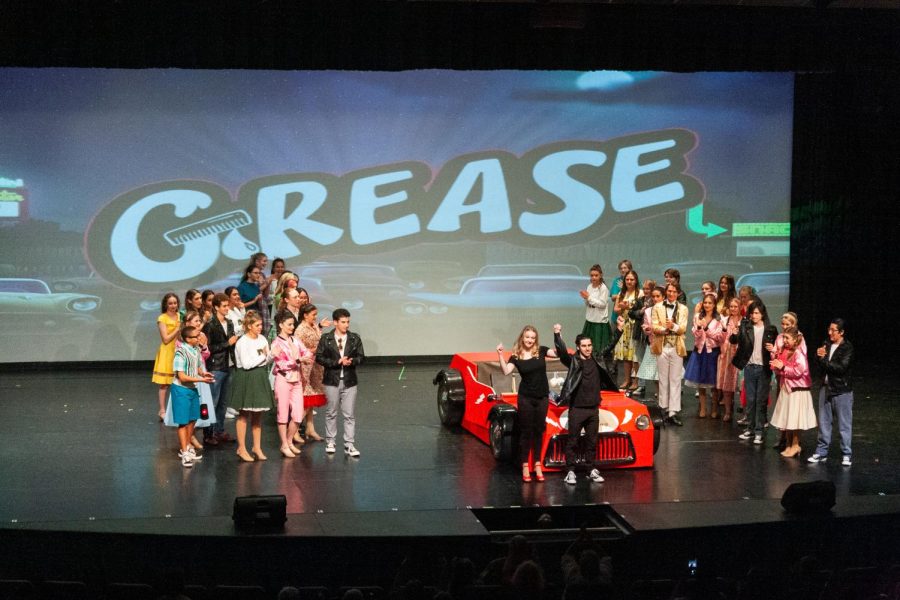




![Stranger Things 4: What to Expect [Warning: Contains Spoilers]](https://pcpawprint.com/wp-content/uploads/2021/11/StrangerThings4-900x473.jpeg)






































